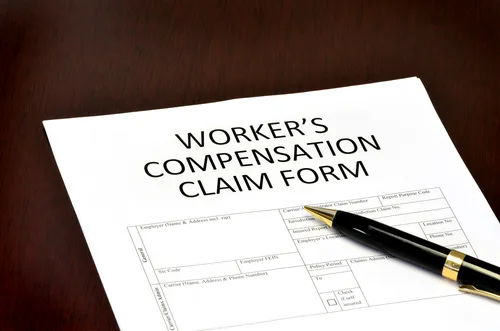In Pennsylvania, workers’ compensation is a critical safeguard for employees who suffer injuries while working. Among various types of workplace injuries, hand injuries are notably prevalent due to the hands’ indispensable role in almost every type of work. In this article, we’ll highlight some of the most common hand injuries that lawyers in Philadelphia or Allentown, PA encounter in Workers’ Compensation cases.
What is the most common hand injury in the workplace?

Work-related hand injuries are varied and can range in severity from minor to critical, as follows:
- Minor: small cuts, bruises, minor burns, minor sprains, etc.
- Moderate: fractures, moderate burns, deep cuts, carpal tunnel syndrome, etc.
- Serious: severe fractures, deep lacerations, tendon injuries, etc.
- Critical: amputations, severe crush injuries, extensive burns, major nerve damage, etc.
- Fatal: typically not applicable (unless an injury leads to a life-threatening condition/complications).
In Pennsylvania, the most common of the aforementioned injuries are:
Cuts and Lacerations
Cuts and lacerations are frequent hand injuries in the workplace. These can range from minor cuts to severe wounds needing stitches or surgery. Workers in industries like construction, manufacturing, and food preparation are especially vulnerable due to the regular use of sharp tools and machinery. Severe lacerations can damage tendons, nerves, and blood vessels, potentially leading to long-term issues.
Fractures
Hand fractures occur when one or more bones in the injured worker’s hand break due to trauma, repetitive stress, or excessive force. Common causes include bracing oneself from a fall, being struck by blunt objects, or machinery accidents. Fractures can and usually do cause significant pain due to the amount of nerves in the hands, swelling, and loss of function, requiring extended rest and physical therapy or other types of rehabilitation. Recovery might involve surgical intervention, bracing, soft casting, and physical therapy.
Sprains and Strains
Sprains involve the stretching or tearing of ligaments, while strains refer to injuries in muscles or tendons. These injuries often result from overuse, repetitive motions, or sudden impacts. For example, office workers might develop a strain from continuous typing, while a construction worker might sprain their wrist lifting heavy materials improperly, or something simple as swinging a hammer all day. Symptoms include pain, swelling, and limited mobility, significantly affecting job performance.
Carpal Tunnel Syndrome
Carpal tunnel syndrome (CTS) is a repetitive stress injury affecting many workers, especially those engaged in tasks requiring prolonged repetitive hand motions, such as typing, assembly line work, or using vibrating tools. CTS occurs when the median nerve, which runs through the wrist, becomes compressed, causing numbness, tingling, and weakness in the hand. Without proper intervention, this condition can significantly impact a worker’s ability to perform their duties.
Amputations
Although much less common of a work comp injury, hand amputations are among the most severe workplace injuries. These catastrophic injuries typically result from accidents involving, crush injuries, infections, heavy machinery, power tools, or other hazardous equipment. Amputations can have profound physical and psychological effects on workers, often necessitating extensive medical treatment, rehabilitation, and, in some cases, prosthetic devices to restore some degree of function.
Where can I find a specialized hand injury lawyer near me in Philadelphia & Allentown, PA?

At Liberty Bell, you can find some of the most proficient and experienced workers’ compensation lawyers anywhere from Philadelphia to Allentown and beyond. Our team has been on the Pennsylvania legal scene for years, offering personalized assistance and mindful guidance to injured workers with the utmost commitment to their well-being.
Today, our combined expertise lies at your disposal to give you the best chance at realizing the maximum compensation for the hand injury you received while performing your work duties. Reach out to us today for your free consultation!


































